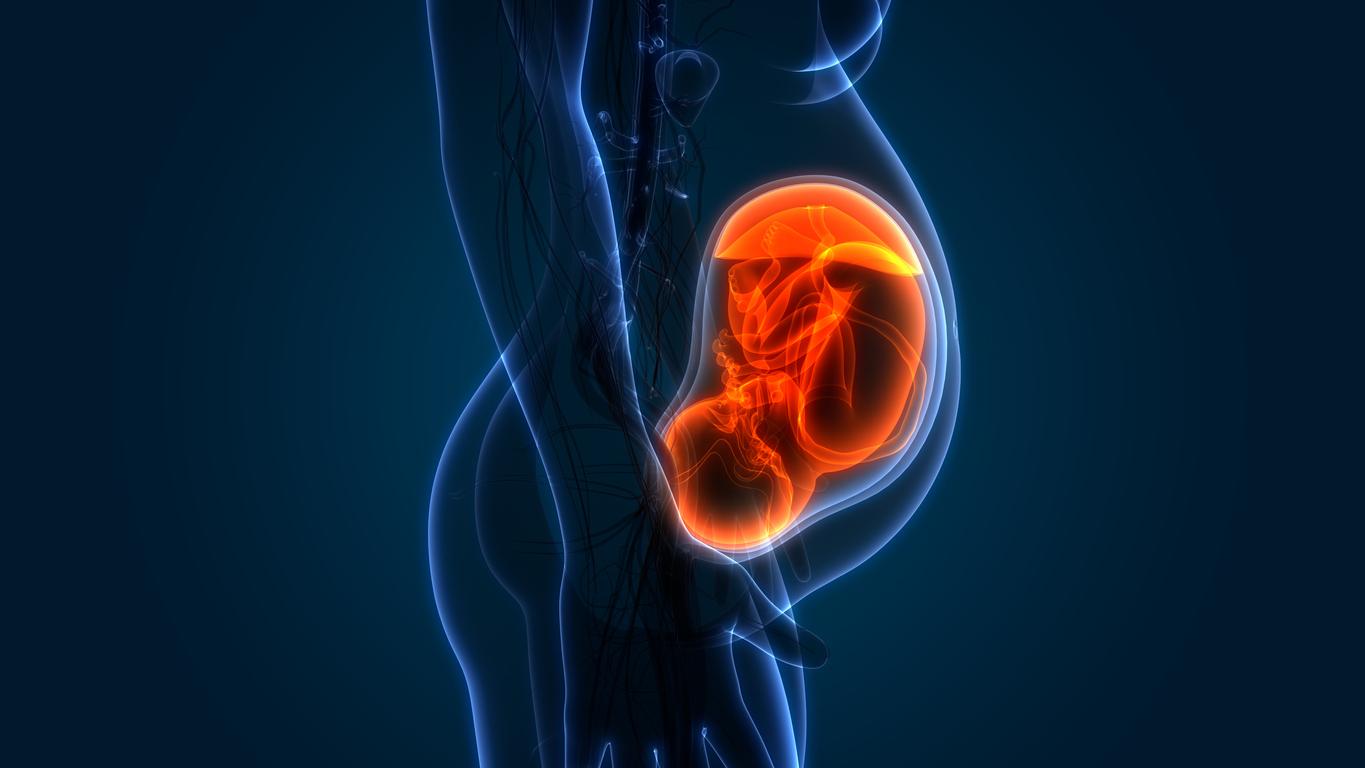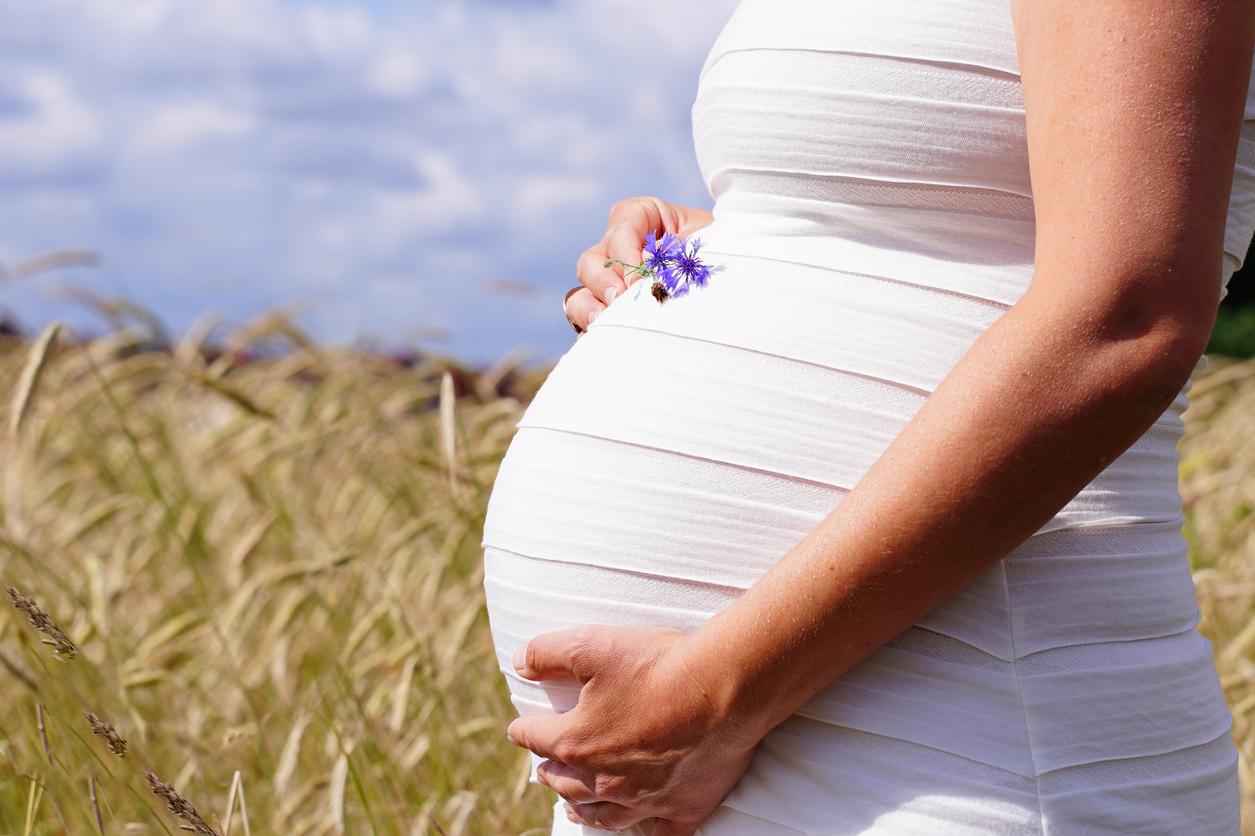From embryo to baby
The first two months of pregnancy, we do not actually speak of the fetus but of the embryo. This embryonic period, which therefore lasts eight weeks in total, “is characterized by the establishment of organs (heart, lungs, etc.) and the shaping of the external appearance of the body.embryo», Indicates Professor Elie Saliba, pediatrician.
The fetal period lasts seven months, from the beginning of the third month until the end of the ninth month. The morphological changes are then less spectacular. Prof. Elie Saliba explains that it is a “period of growth and maturation of the fetus. This one will grow up to 50 cm and weigh between 3000 and 3300 g on average at birth. It is only there that the fetus becomes a baby.
Carnegie stadiums
There are 23 stages of embryonic development, called Carnegie stages. Here are a few examples.
• At stage 7, ie around the 19th day of development: the vascular system is put in place.
• At stage 12, ie around the 30th day: we can see the buds of the upper limbs emerging.
• At stage 14, ie around the 33rd day: the outline of the eye becomes visible.
• At stage 17, ie around the 41st day: the head increases in size and the trunk lengthens.
• At stage 18, ie around the 44th day: the eyelids appear, the nose and toes become rough.
• At stage 19, ie around the 46th day: the trunk still lengthens and straightens.
• At stage 22, ie around the 53rd day: the outer ear is developing.
• At stage 23, ie around the 56th day: the head is well rounded and the limbs are detached from the body.
Source: www.embryology.ch, embryology course for medical students posted online by the universities of Friborg, Lausanne and Bern in Switzerland.
From 7 weeks: ossification and keratinization of the baby
The skeletal ossification begins at seven weeks. It will go on for years. According to Professor Elie Saliba, pediatrician, “the keratinization of the epidermis, which provides a barrier to the skin, is, at the end of the third trimester, similar to that of adults. The skin of the newborn, however, remains immature and exhibits great permeability to the products which are applied to it. “
When are my baby’s vital organs functioning?
“At the end of the fourth month of pregnancy, all the vital organs are formed,” replies pediatrician Elie Saliba. However, that does not mean that they are already functional. It is from 24 weeks of amenorrhea (22 weeks of pregnancy) that the fetus is considered viable. However, despite the progress made by neonatal resuscitation services (such as assisted ventilation in particular), the chances of survival at this stage are low and the risk of sequelae high. It is that the respiratory apparatus of the very large premature, as well as its digestive system, are still immature. It is also particularly vulnerable to infections.
For very premature babies (between 28 and 33 weeks of amenorrhea), the risk of sequelae still exists, even if it is lower. The most fragile organs are the brain and the lungs, the latter not being functional until the seventh month in reality. Like the brain, they even continue to develop after birth.
A baby who is born at eight months can “have adjustment problems”, tells us Véronique Priem, midwife who works part-time in private practice in Lille and part-time in the mother hospital. ‑Child from eastern Paris. “He can suck less well, also sleep a lot the first few days …”
When does the fetus become male or female?
From fertilization, the sex of the future newborn is determined. It is written in the genes. However, differentiation does not happen immediately. “The genital system differs between the 3rd and 12th weeks of development,” informs pediatrician Elie Saliba. Everything happens at the level of the internal genitals.
Outside, it is still impossible to say whether the embryo is female or male. In fact, it takes between 12 and 14 weeks to be able to see a penis or lips on ultrasound. It is nevertheless better to wait a little before buying all the baby’s wardrobe: “The accuracy of the determination of the sex is 70% at the end of the first trimester”, specifies Professor Saliba. On the other hand, at the end of the second quarter, the risk of error is almost zero.
However, there may still be some doubt if the baby presents by breech: determining the sex with certainty is indeed less obvious when the fetus is not positioned upside down.


















